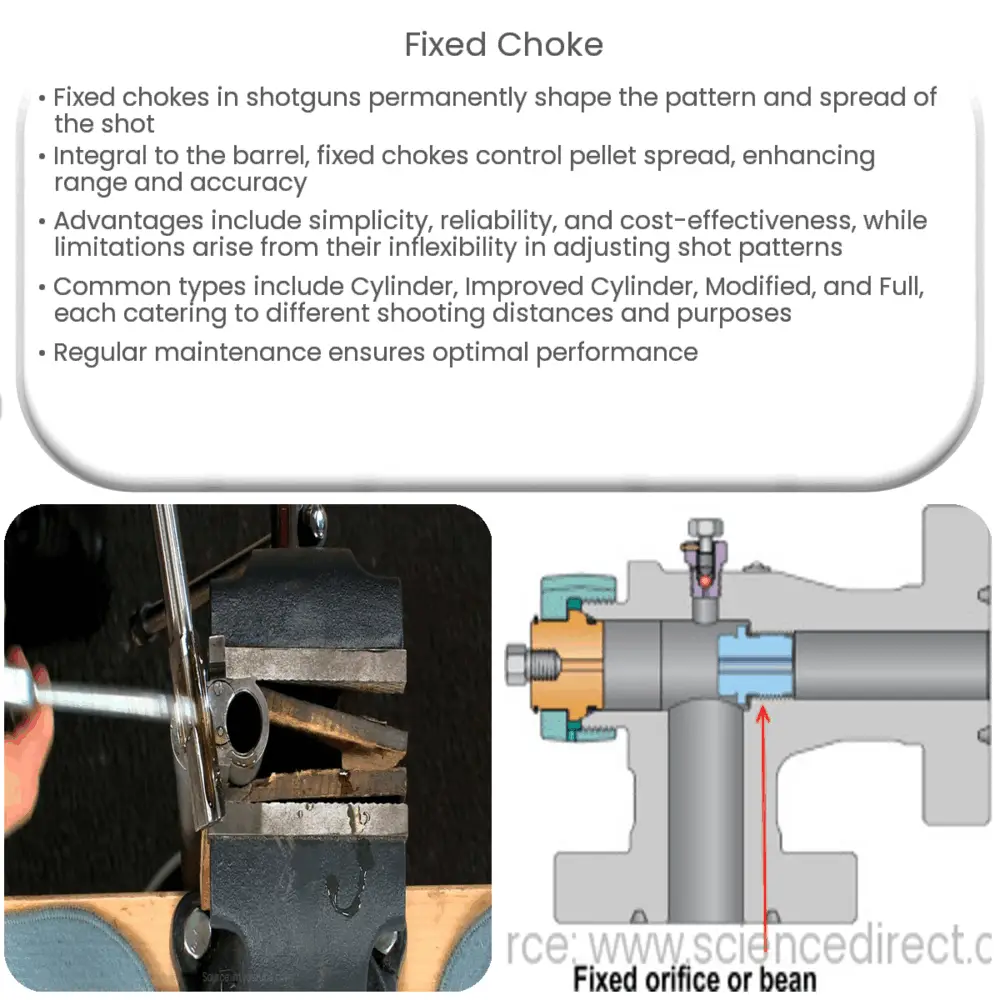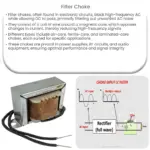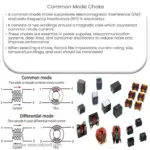Explore fixed choke shotguns, their advantages and disadvantages, common types, and tips for selecting and maintaining the ideal shotgun for your needs.

Understanding Fixed Choke in Shotguns: An Overview
When it comes to shotguns, the choke plays a significant role in determining the pattern and spread of the shot. A fixed choke is a type of shotgun choke that is permanently built into the barrel and cannot be changed or removed. In this article, we will explore the basics of fixed chokes, their advantages and disadvantages, and the different types available.
What is a Fixed Choke?
A fixed choke is an integral part of the shotgun barrel, as opposed to screw-in or interchangeable chokes. It is designed to constrict the pellets’ path as they exit the barrel, which affects the pattern and density of the shot. The constriction helps to control the spread of pellets, thereby increasing the shotgun’s effective range and accuracy.
Advantages and Disadvantages of Fixed Chokes
There are several advantages and disadvantages to using a shotgun with a fixed choke. Understanding these factors can help you determine if a fixed choke shotgun is right for your needs.
Advantages
- Simplicity: With a fixed choke, there are no additional parts to purchase or maintain. This simplicity can be appealing for those who want a shotgun that is easy to use and maintain.
- Reliability: Since there are no moving parts or removable components, fixed choke shotguns are generally considered more reliable than their interchangeable counterparts. There is no risk of the choke coming loose or being lost during use.
- Cost: Shotguns with fixed chokes are often less expensive than those with interchangeable chokes, making them an attractive option for budget-conscious shooters.
Disadvantages
- Limited Versatility: One of the main drawbacks of a fixed choke shotgun is its limited versatility. With an interchangeable choke, you can adjust the constriction to suit different types of shooting situations. A fixed choke, on the other hand, cannot be changed, which can limit its usefulness for various shooting scenarios.
- Shot Pattern: Since you cannot change the choke, you may find that the shot pattern provided by a fixed choke is not ideal for your specific needs or preferences. This can make it more challenging to achieve the desired accuracy and performance.
Types of Fixed Chokes
There are several types of fixed chokes, each with its own level of constriction and intended use. The most common fixed choke types include:
- Cylinder: This type has no constriction and is ideal for close-range shooting, such as home defense or shooting clay pigeons.
- Improved Cylinder: With a slight constriction, the improved cylinder choke is suitable for short to medium-range shooting.
- Modified: A moderate constriction makes this choke type appropriate for medium-range shooting situations, such as hunting upland game birds or shooting sporting clays.
- Full: The full choke has the tightest constriction, making it ideal for long-range shooting situations, such as turkey hunting or trap shooting.
In conclusion, fixed choke shotguns offer simplicity and reliability but may not provide the versatility that some shooters require. Understanding the various types of fixed chokes and their intended uses can help you make an informed decision when selecting
the right shotgun for your needs.
Selecting the Right Fixed Choke for Your Needs
To choose the best fixed choke shotgun for your specific requirements, consider the following factors:
- Purpose: Identify the primary purpose of your shotgun, such as hunting, home defense, or clay shooting. This will help you narrow down the choke type that best suits your needs.
- Range: Determine the average shooting distance you expect to encounter in your chosen activity. This will help you select a choke that provides the ideal constriction for that range.
- Shot Size: Consider the shot size you will be using, as this can influence the performance of the fixed choke. Smaller shot sizes may require a tighter constriction, while larger shot sizes may be more suitable for a more open choke.
- Budget: Keep your budget in mind when selecting a fixed choke shotgun. Although they are typically less expensive than interchangeable choke shotguns, prices can still vary significantly between different models and brands.
Maintaining and Cleaning Fixed Choke Shotguns
Proper maintenance and cleaning are essential for ensuring the optimal performance and longevity of your fixed choke shotgun. Here are some tips for maintaining your shotgun:
- Regular Cleaning: Clean your shotgun regularly, especially after each use. This helps to prevent fouling and corrosion, which can negatively impact your shotgun’s performance and lifespan.
- Barrel Inspection: Inspect the barrel for any signs of damage or obstruction before and after each use. Ensure that the choke area is free of debris, as this can affect the shot pattern and accuracy.
- Proper Storage: Store your shotgun in a cool, dry place when not in use. Use a gun case or cabinet designed to protect your firearm from moisture and temperature fluctuations.
Conclusion
A fixed choke shotgun can be a reliable and cost-effective option for many shooting applications. By understanding the various types of fixed chokes, their advantages and disadvantages, and the factors to consider when selecting a fixed choke shotgun, you can make an informed decision that best suits your needs. Proper maintenance and care are crucial to ensuring the optimal performance and longevity of your fixed choke shotgun, so make sure to clean and inspect your firearm regularly.




